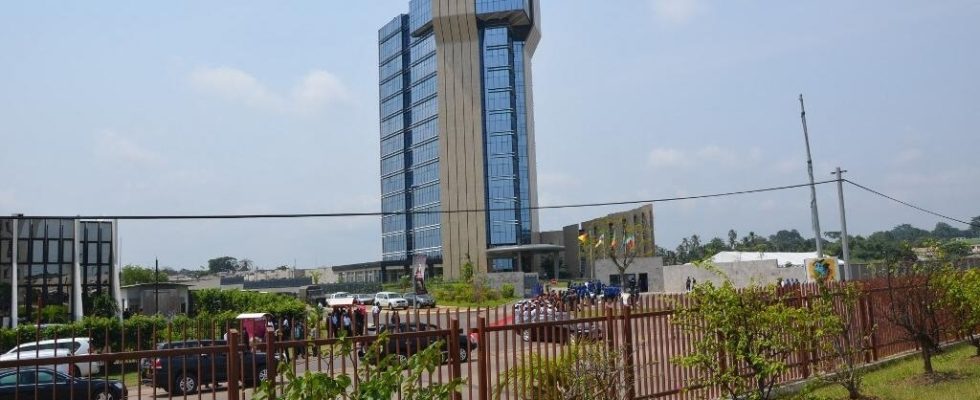The Central African Economic and Monetary Community (Cemac) is celebrating its 30th anniversary. To celebrate the event, a ceremony is organized this Saturday, March 16, in Bangui, the Central African capital.
1 min
Faustin-Archange Touadéra, president of the CAR, but also president of the Conference of Heads of State of Cemac, must give a speech there, a speech to discuss the results of regional integration, a very mixed result.
It was thirty years ago, to the day, in N’Djamena, Chad. Six Central African countries (Cameroon, Central African Republic, Congo-Brazzaville, Equatorial Guinea and Chad) founded Cemac to increase trade and harmonize customs rules.
Since then, time has passed and it is clear that Cemac is facing many difficulties. Some speak of the organization as a purely administrative union. If measures are taken to ensure the free movement of goods and people, such as the establishment of a community passport in 2017, in reality things are more complicated.
The limitation of the powers of sub-regional institutions makes it difficult to implement decisions, a phenomenon amplified by the lack of road and electrical infrastructure, in particular, which prevents countries from being properly linked together.
As a result, Cemac is one of the least integrated economic blocs on the continent. Its members trade 80% with other countries such as China, Russia and Europe, but only 4% with each other. Regional integration, although enshrined in the organization’s texts, is therefore still far away.
Read alsoAt the Bank of Central African States, a succession to the presidency against a backdrop of internal quarrels
